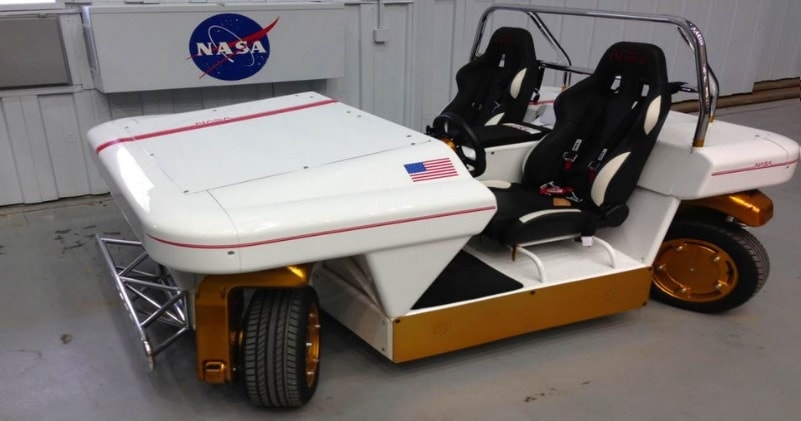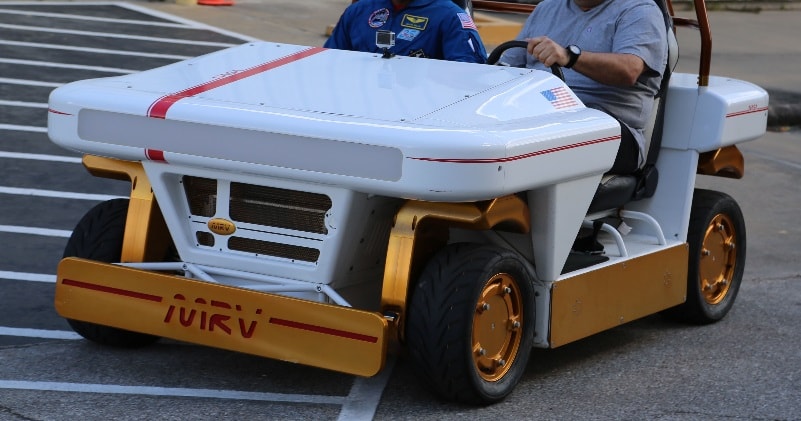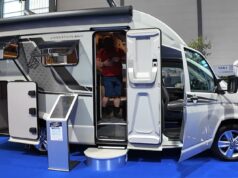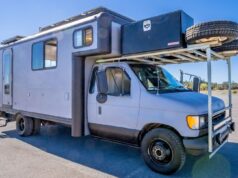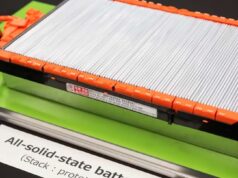This fully electric vehicle is well-suited for busy urban environments, industrial complexes, or large resort areas. The MRV combines a number of innovative technologies that are available for licensing as a whole system or individually as components.
source/image(PrtSc): nasa.gov
The MRV has no mechanical connections to the propulsion, steering, or brake actuators– instead the driver relies on control inputs being converted to electrical signals and transmitted by wire to the motors within the vehicle. The MRV has a fully redundant, fail-operational architecture that is paramount to the safe operation of a by-wire system.
source/image(PrtSc): nasa.gov
The MRV is driven by four independent wheel modules, called e-corners. Each e-corner can be rotated +/- 180 degrees about its steering axis. Imagine being able to parallel park by simply driving sideways into a tight spot with ease. With the new MRV technology, this dream is now a reality.
Advertisement
The MRV would be ideal for daily transportation in an urban environment with a designed top speed of 70 km/h (43 mph) and range of 100 km (62 mi.) of city driving on a single charge of the battery.Imagine being able to parallel park by pulling up even with an open spot, simply rotating all four wheels 90 degrees and then rolling right into the spot.
The MRV is relatively small, easy to maneuver and park. The MRV was designed without a central power plant, transmission, fuel tank, and direct mechanical linkages between driver input devices and the actuators used to accelerate, brake and/or steer the car. These core vehicle functions are located at the corners of the vehicle in a modular electric corner assembly or eCorner.

